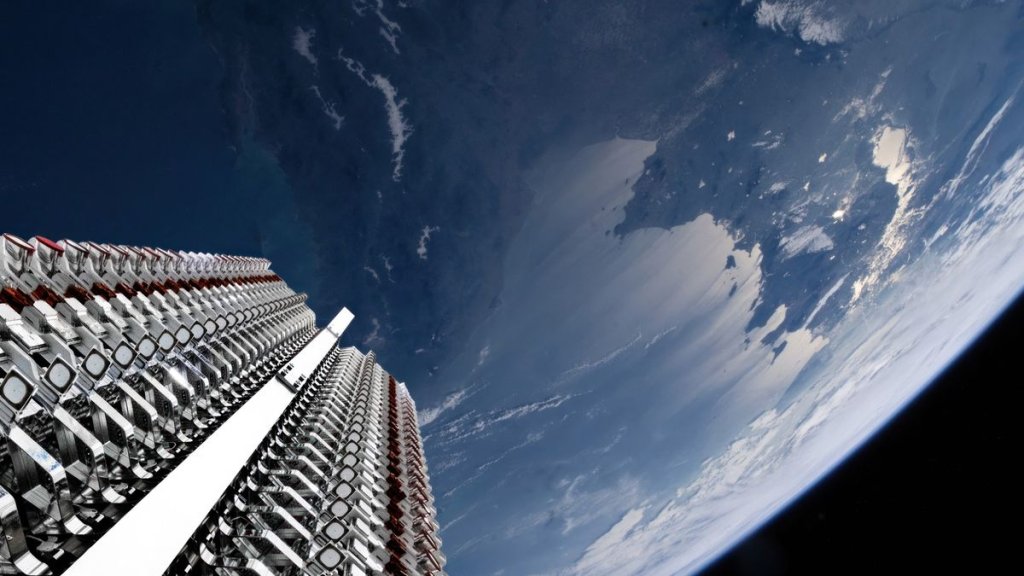SpaceX will deorbit some of its older Starlink internet satellites in order to reduce the number of potentially dangerous spacecraft in low Earth orbit.
The company just announced that 100 Version 1 Starlink satellites will be deorbited over the next weeks and months in the name of space sustainability. SpaceX posted a statement to X (formerly Twitter) on Monday (Feb. 12) announcing the plan, noting that the move is “the right thing to do to keep space safe and sustainable.”
The statement, titled “Commitment to Space Sustainability,” points out that SpaceX‘s Starlink team found a “common issue in this small population of satellites that could increase the probability of failure in the future,” potentially rendering them unable to be maneuvered out of the way of other spacecraft. The deorbiting operation should take around six months.
Related: Starlink close encounters decrease despite ever-growing number of satellites
SpaceX will monitor the satellites’ positions and share data with other spacecraft operators and launch providers to ensure that the deorbit operation does not place the older Starlink craft in anything’s path as they fall to a safe, fiery demise in Earth’s atmosphere.
“All satellites will maintain maneuverability and collision avoidance capabilities during the descent,” SpaceX’s statement reads. “Additionally, these deorbiting satellites will take maneuver responsibility for any high-risk conjunctions consistent with space safety and sustainability best practices.”
Starlink satellites are designed to make autonomous decisions to maneuver out of the way of other spacecraft based on data provided by the U.S. Space Force and the commercial space awareness firm LeoLabs. Between June 1, 2023, and Nov. 30, 2023, Starlink satellites had to maneuver 24,410 times to avoid collisions, which amounts to around six maneuvers per satellite. While high, that number is falling — but some experts are still concerned.
One of those experts is Hugh Lewis, a professor of astronautics at the University of Southampton in the U.K., who studies satellite megaconstellations and their effects on orbital safety. “It’s still a large number of maneuvers to be making,” Lewis previously told Space.com. “I still have concerns whether we can operate that many satellites safely. There is a risk that, because there are so many of those [close approach] events, some of them at some point may result in a collision.”
All Starlink satellites are designed to fall into Earth’s atmosphere on their own in under five years from the time they are deployed due to the effects of atmospheric drag. They are also engineered to be “fully demisable by design,” SpaceX’s statement adds, meaning they burn up entirely as they deorbit, rendering the risk of debris falling to Earth to “effectively zero.”
While 100 satellites sounds like a significant amount, SpaceX currently has 5,438 Starlink craft in orbit, according to astrophysicist and satellite tracker Jonathan McDowell. The company already has regulatory approval to launch 12,000 Starlink satellites, and wants to eventually expand its fleet to 40,000 or so.
And more are going up every month; SpaceX plans to launch 144 missions this year, most of them likely devoted to placing Starlink satellites in orbit. (About 60% of the company’s launches in 2023 were dedicated Starlink missions.) The satellites offer high-speed broadband connectivity to users worldwide, including in war-torn or disaster-stricken areas.

